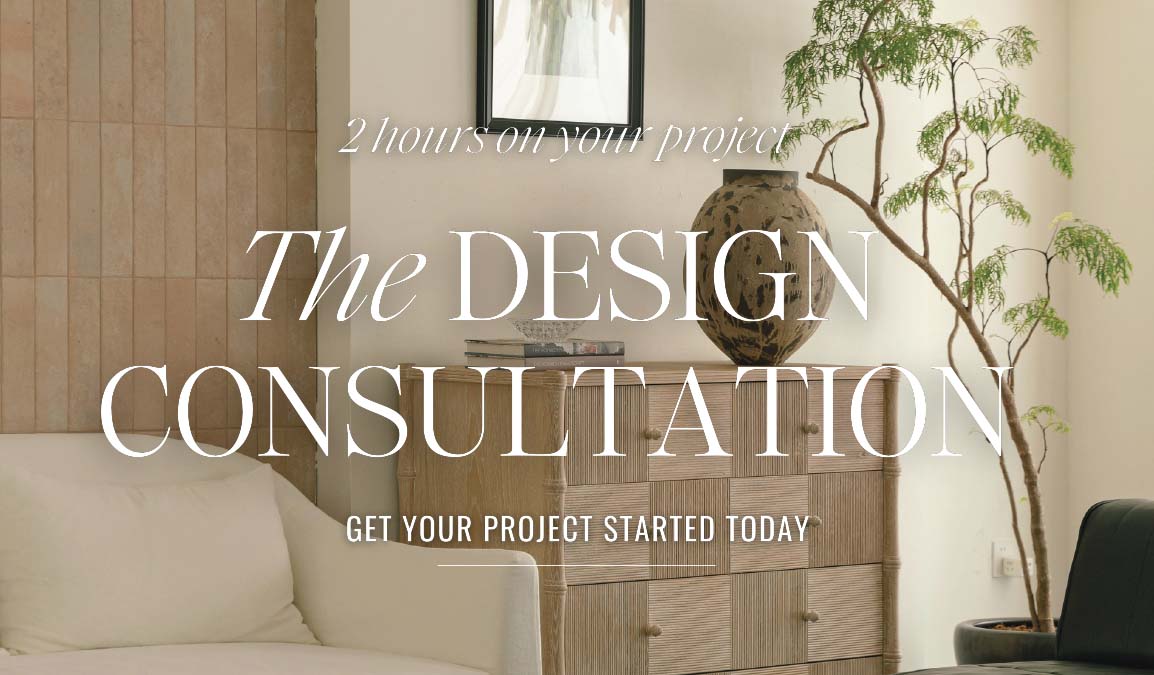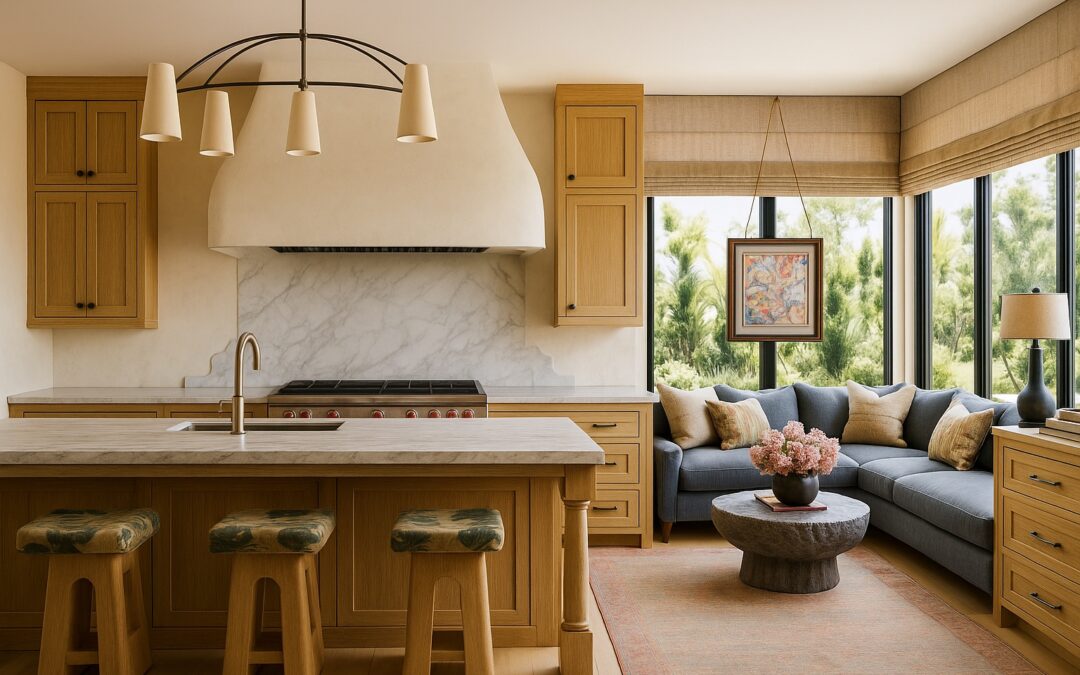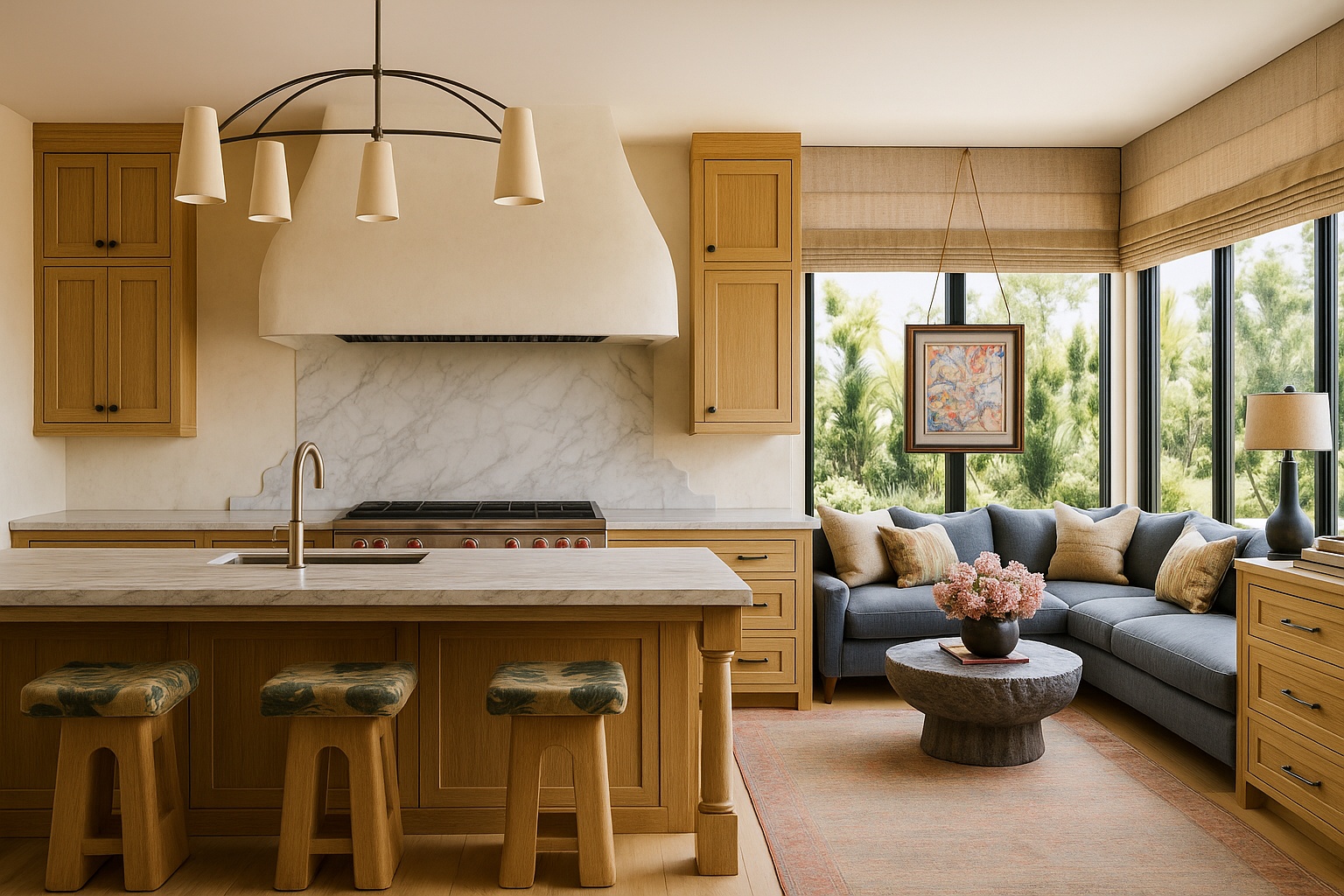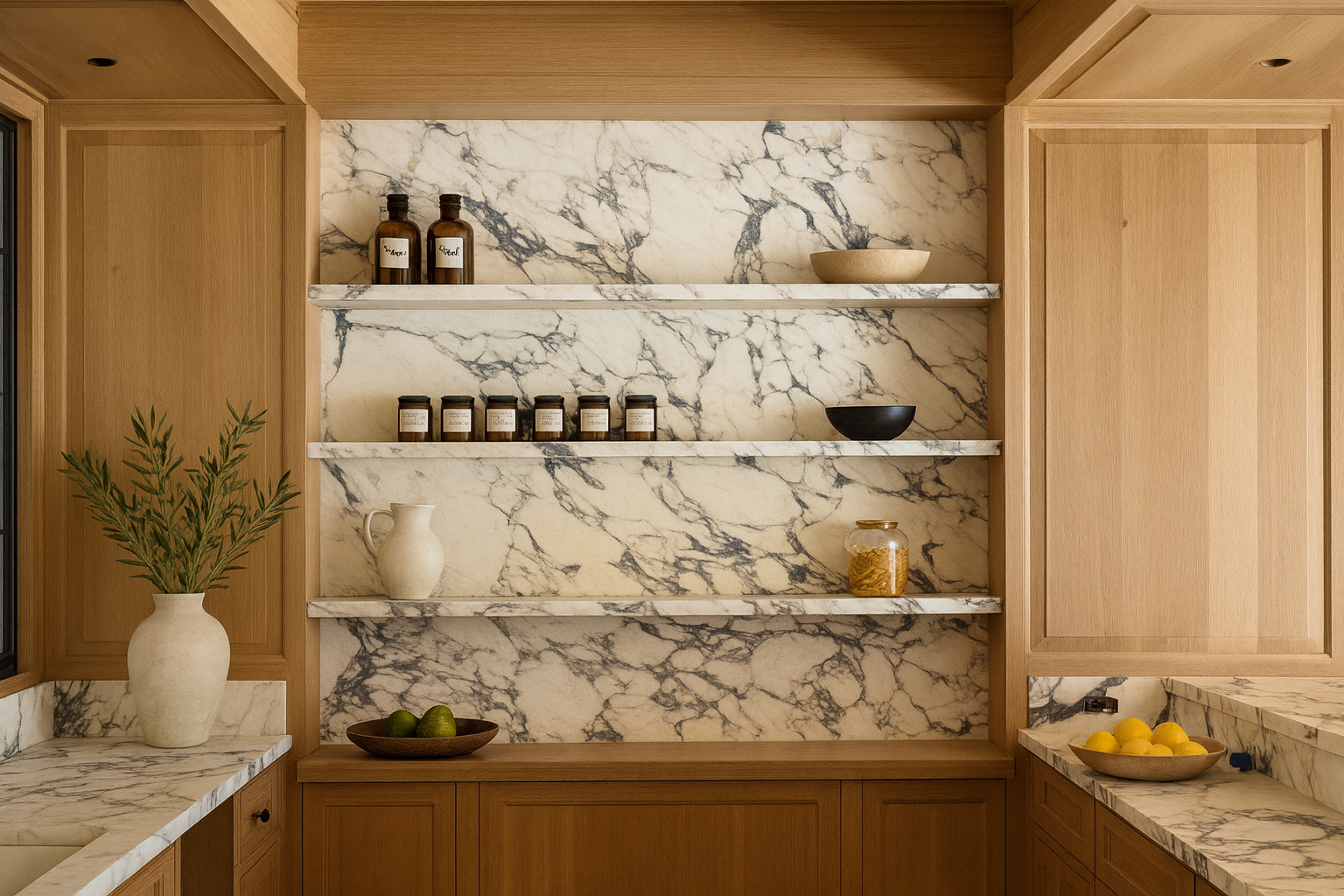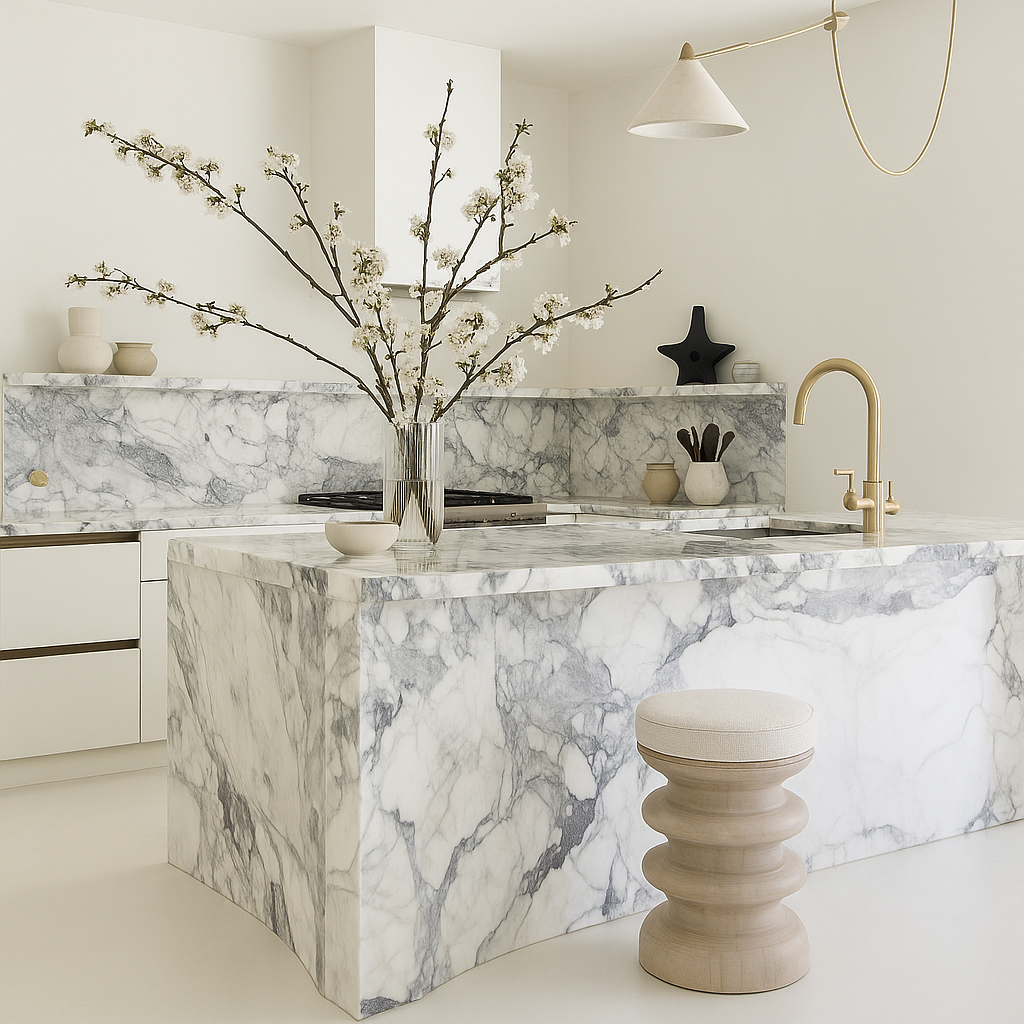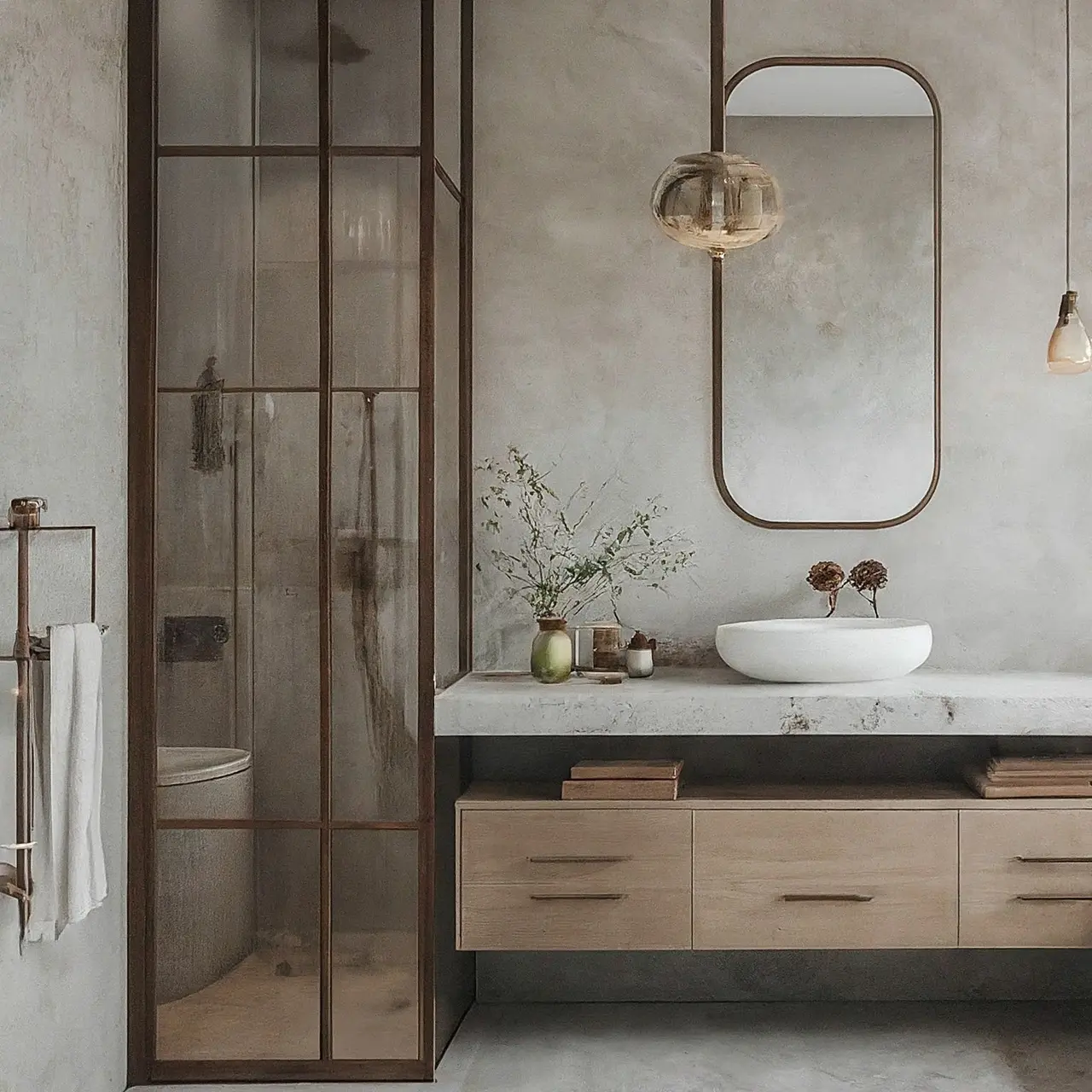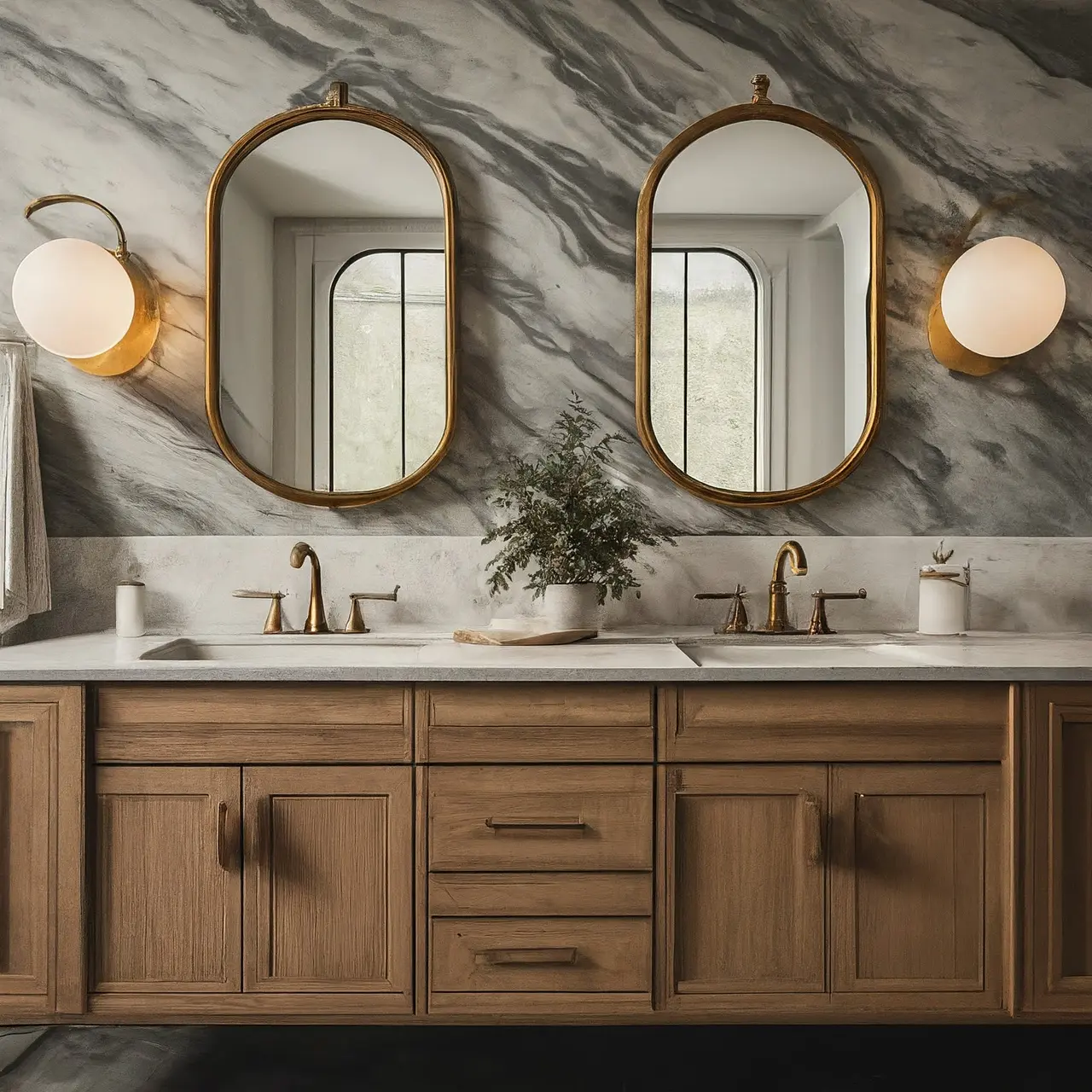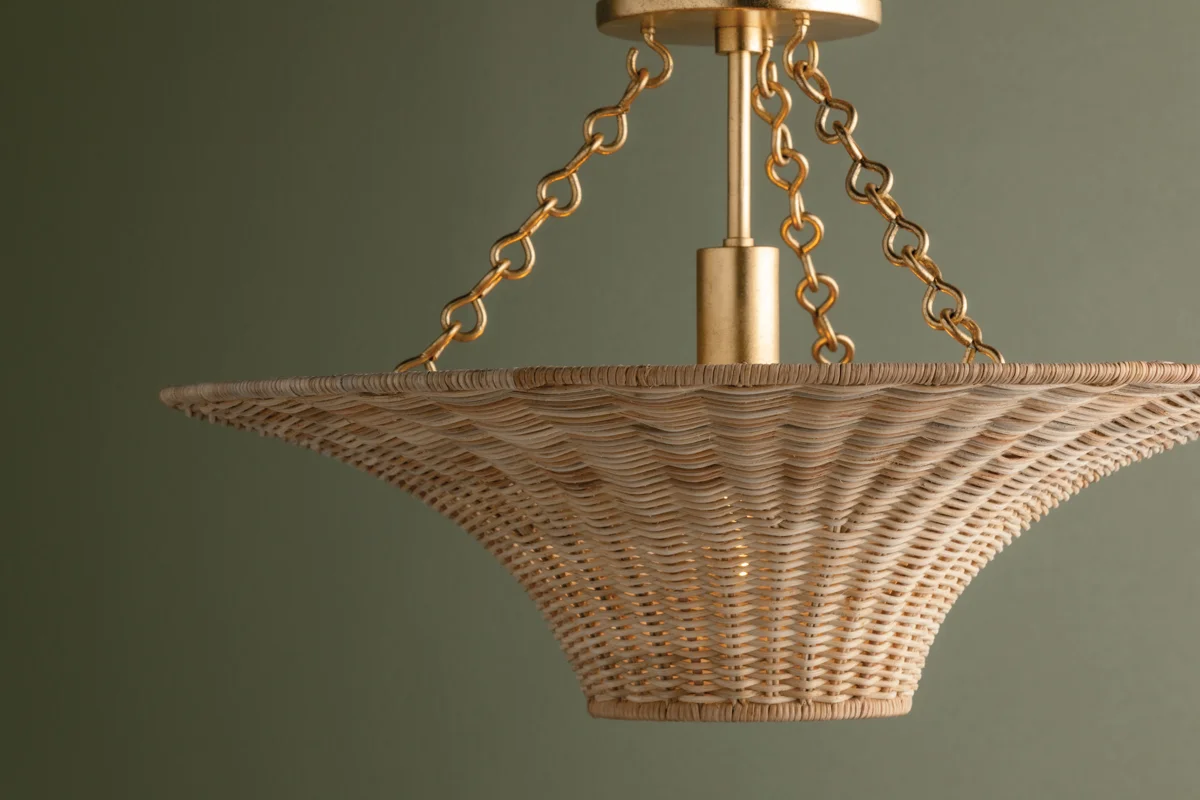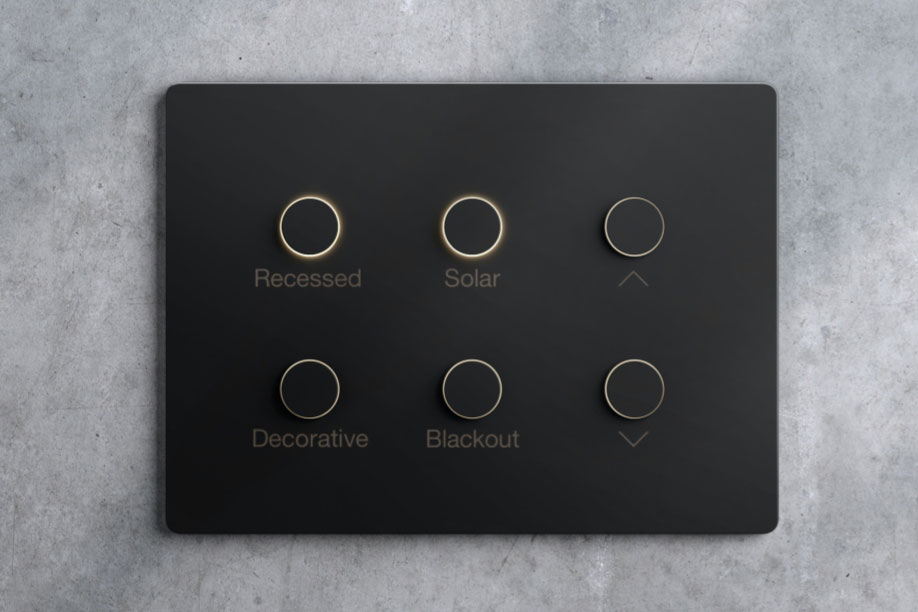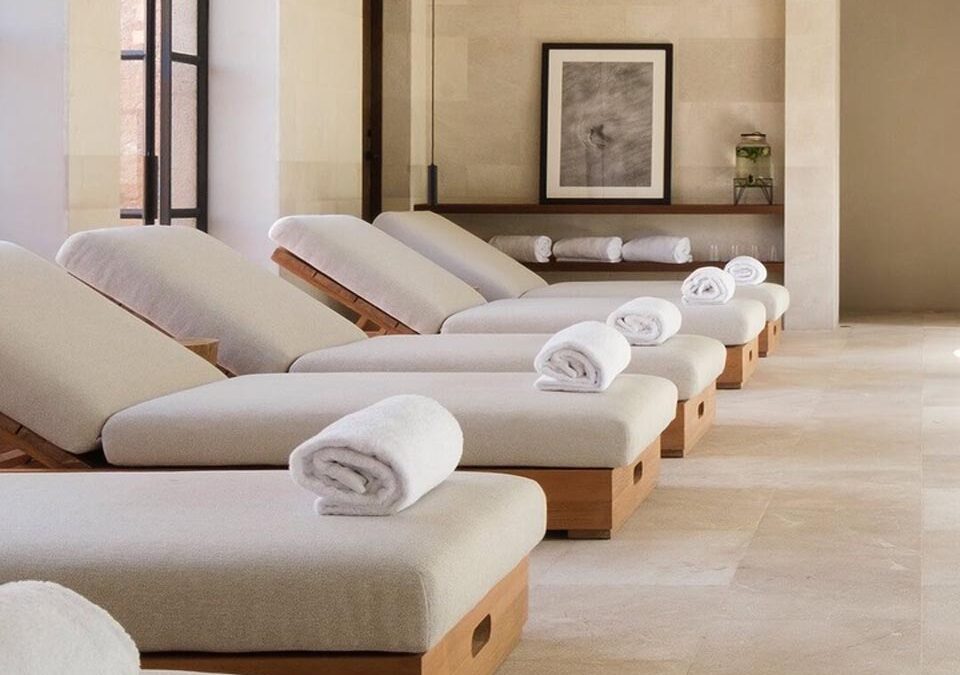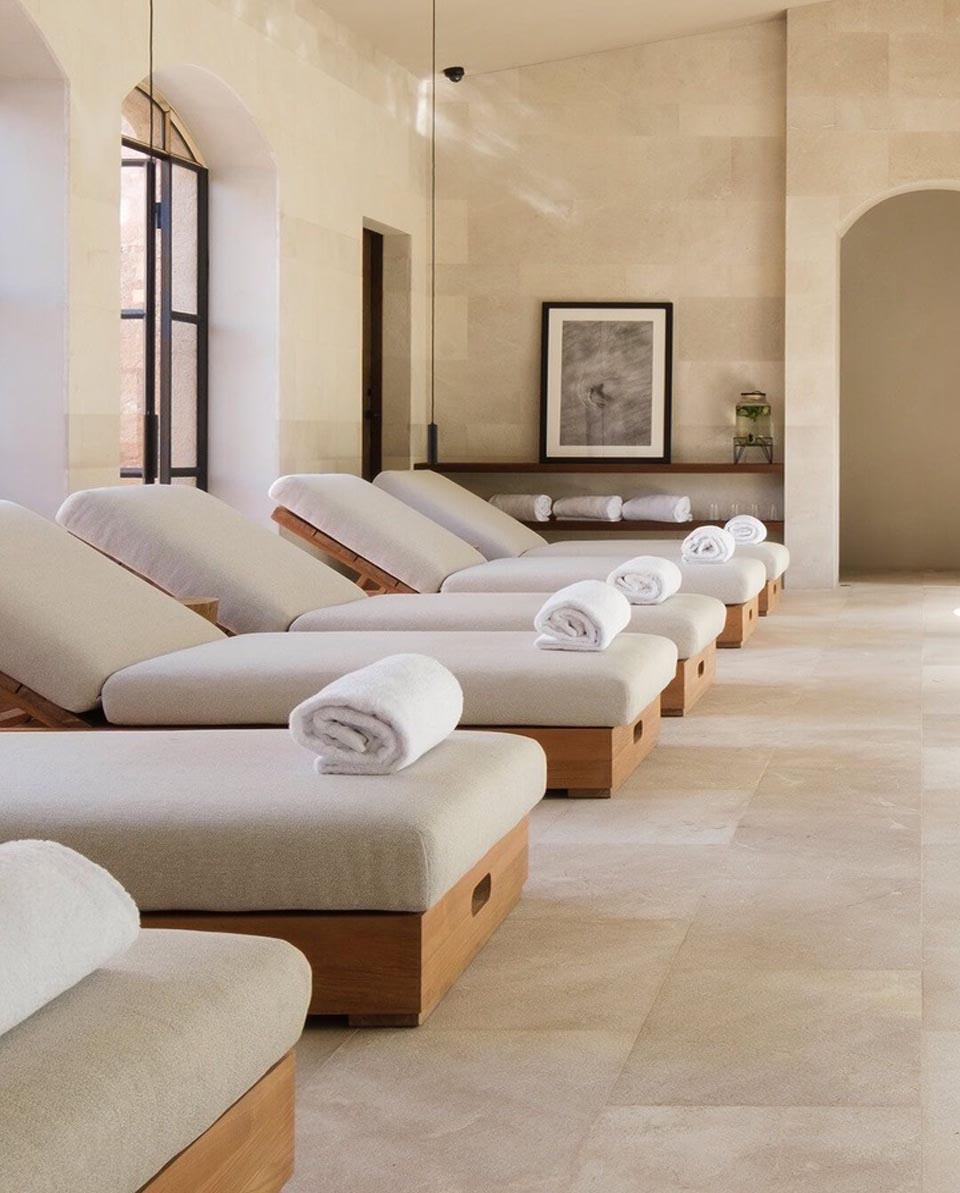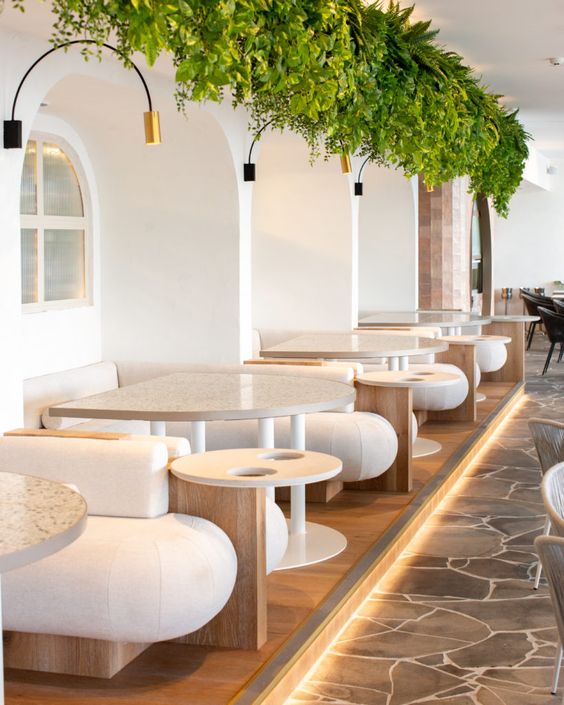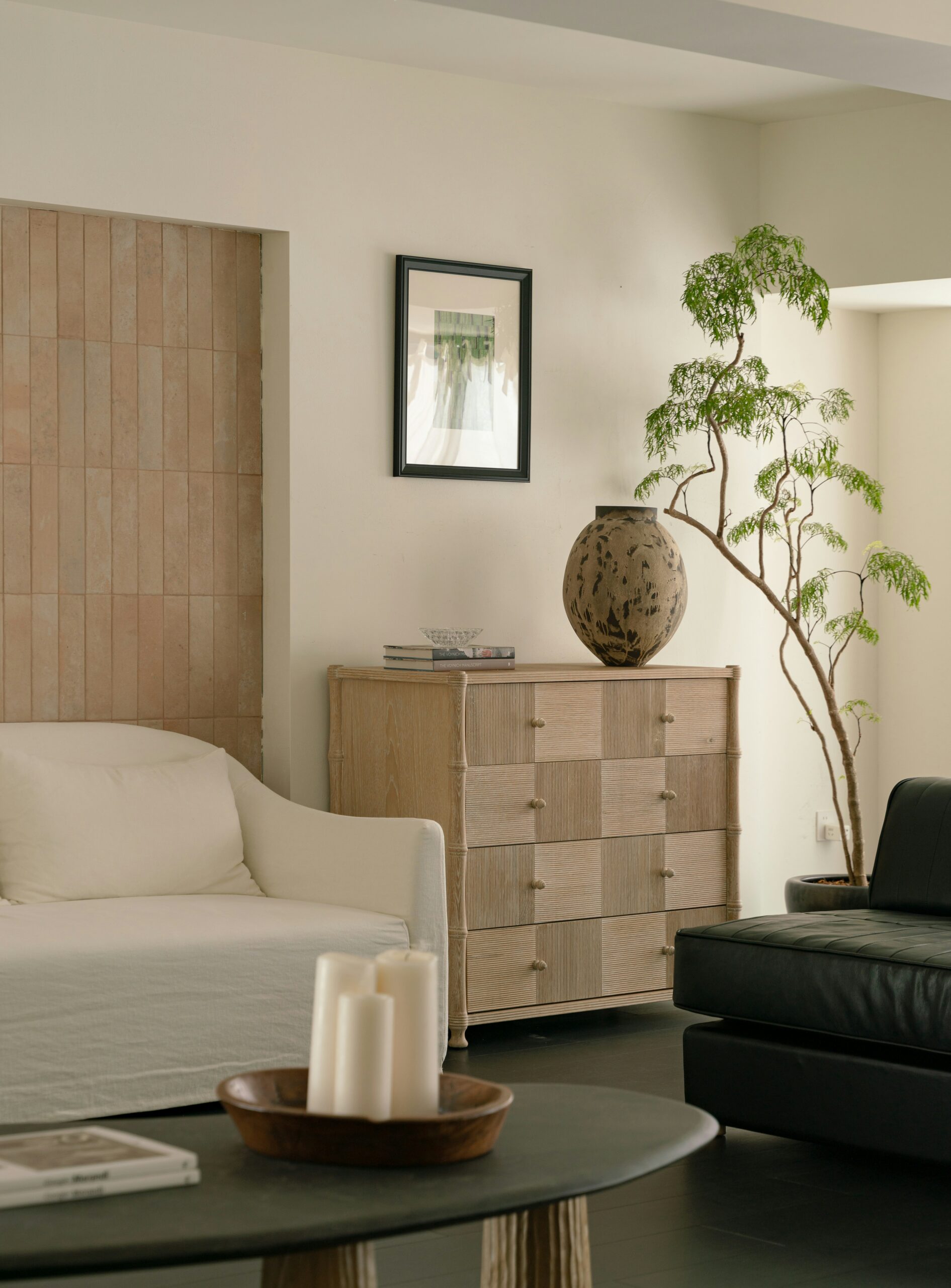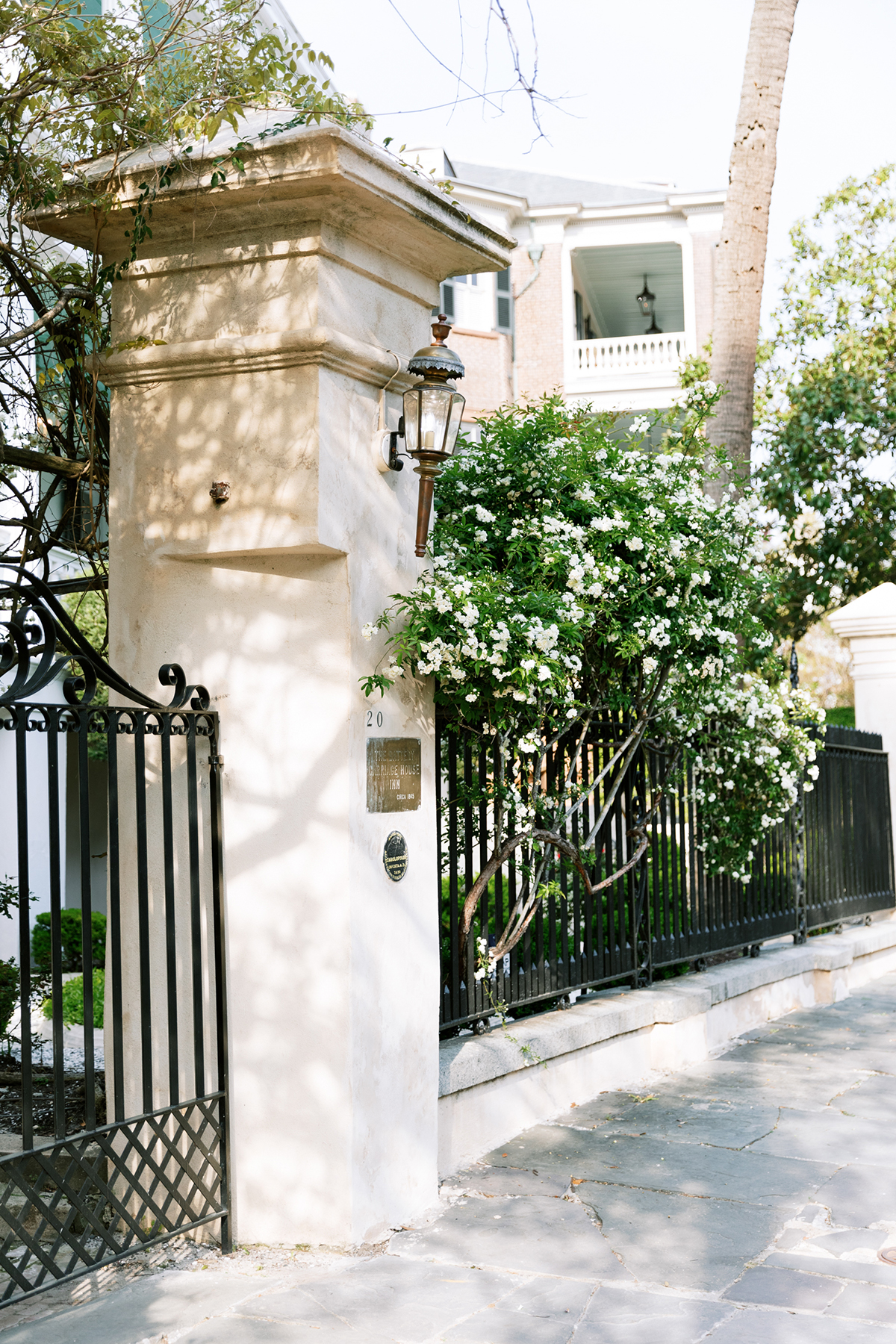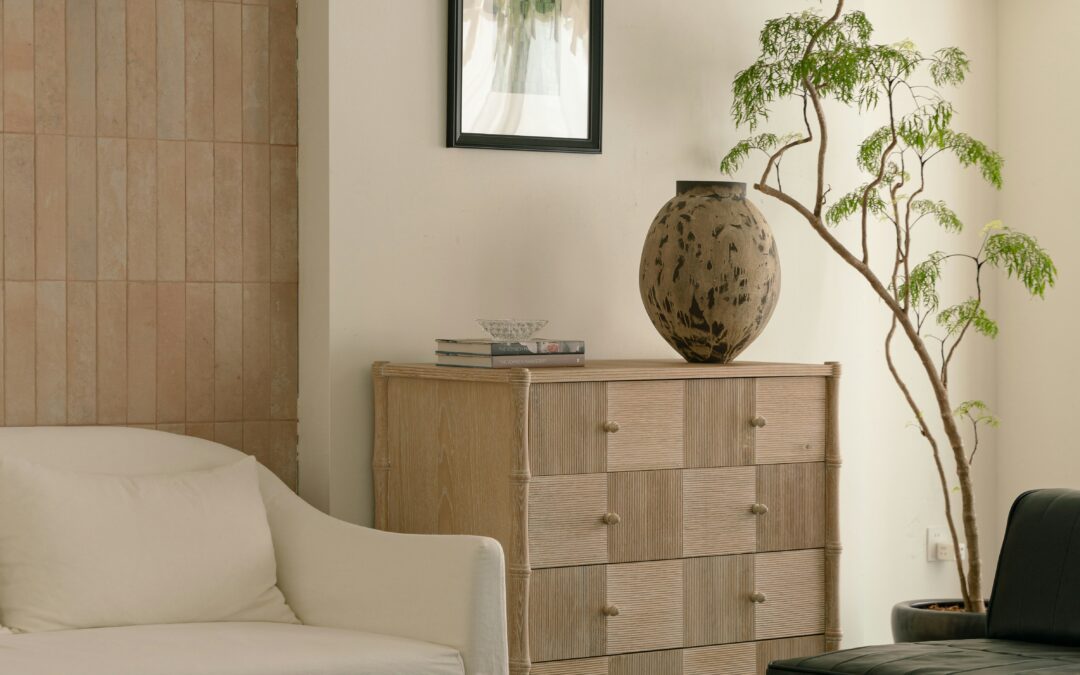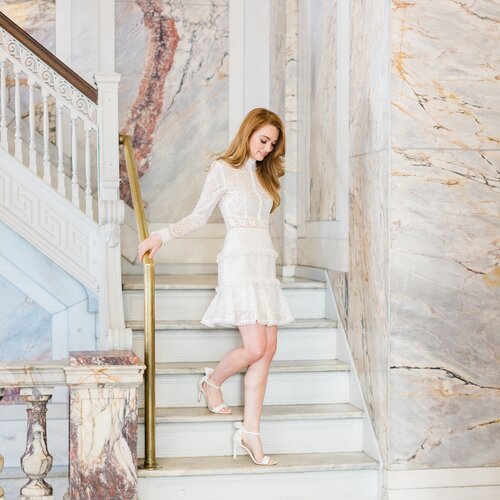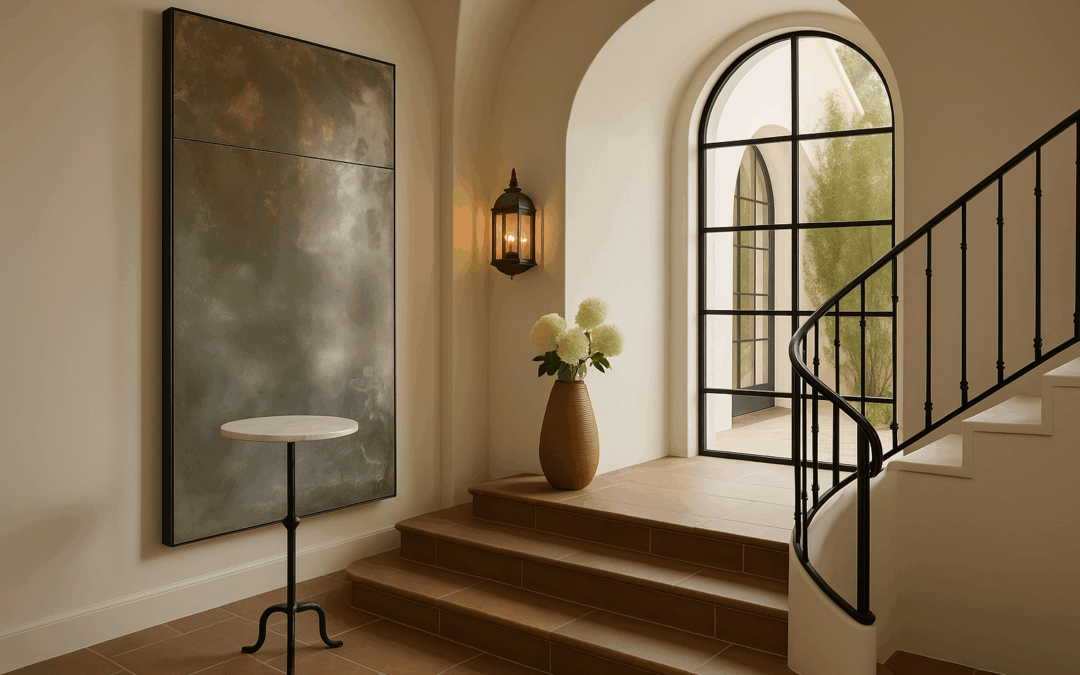
The Objects That Make a Room: Why Intentional Accents Matter More Than You Think
In a world where trends fade faster than you can pin them, the pieces that stay—the ones you keep moving from house to house—aren’t just beautiful. They’re personal, textured, and quietly powerful.
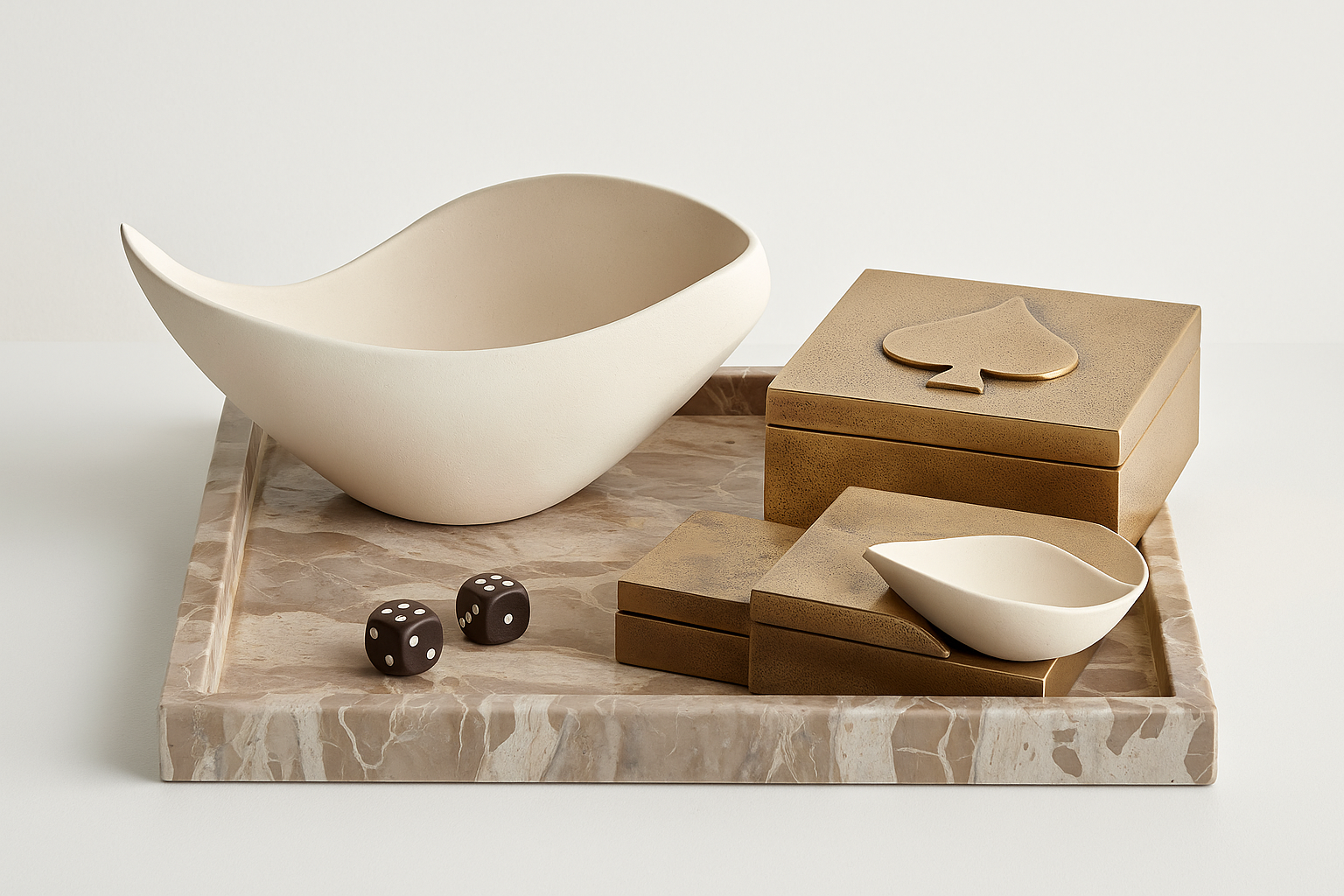
There’s a reason the best rooms don’t look overdesigned. They carry the soul of the collector, not the decorator.
As a designer who’s walked through homes in Nantucket and Naples, San Francisco and St. Louis, I can tell you: It’s not always the furniture that makes a space sing. It’s the supporting cast—the quietly sculptural lamp, the hand-formed vessel, the napkin that feels like a linen dress. These aren’t afterthoughts. They’re intention made tangible.
When I designed the shop, I didn’t want a warehouse of trendy things. I wanted to build a collection of what I personally reach for—pieces with presence. Items that hold a room’s energy the way good art does. You’ll notice natural materials, heritage craft, and a throughline of subtle texture: abaca, raw brass, stoneware, seeded glass, and Belgian linen, to name a few.
But why do these matter?
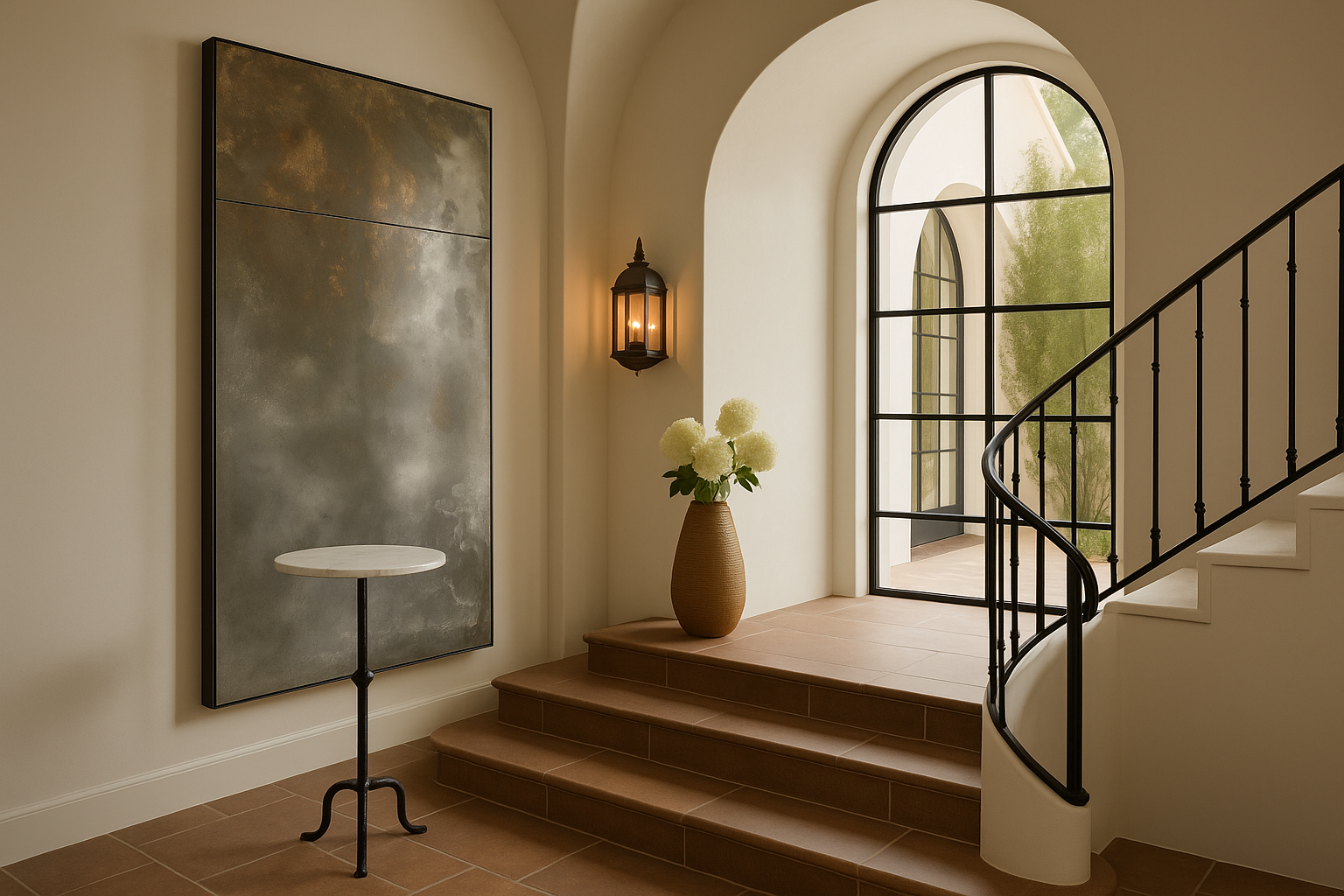
The Anthropology of a Well-Styled Home
Across time and culture, the home has been more than shelter—it’s a stage for meaning. From Japanese tokonoma alcoves (meant to highlight a single treasured object) to the 18th-century French concept of objets de vertu (decorative items made with exceptional skill), we’ve always curated what we surround ourselves with.
The modern home should do the same. It should reflect more than what’s trending. It should show who you are.
Objects carry memory. They express mood. They allow contrast to live within harmony. That scalloped placemat that softens your concrete dining table. The blown-glass pendant that casts shadows like poetry. The bracelet on your nightstand that catches morning light. These are not “decor”—they are emotional cues.
And when you’re designing with longevity in mind, these cues matter more than ever.
How I Use Accents to Elevate a Room
Design isn’t just about big gestures. In fact, the most expensive homes I’ve worked on didn’t flaunt their budgets—they whispered. A few styling rules I come back to again and again:
-
Contrast sharp lines with soft finishes. If your furniture is angular, add curve through a sculptural bowl or rounded sconce.
-
Ground neutral palettes with tactile depth. That means choosing real textures over flat imitations: think handwoven abaca or linen with visible slubs.
-
Balance modern restraint with handmade imperfection. A modern plaster pendant feels even more special next to a hand-glazed ceramic lamp.
-
Layer with intent. One artfully placed object has more impact than five cluttered ones.
If you’re feeling unsure where to start, begin small. A braided table mat, a woven mirror, or a linen napkin can shift the entire tone of your space. And all of those are available now in the shop I personally curated for people who want their homes to feel intentional, not just filled.
What to Buy—and Why It Lasts
Every object I select has a reason behind it. Here are a few favorites that show how design and soul coexist:
When Styling Gets Stuck, Begin with Story
If your room feels incomplete, it’s usually not the sofa’s fault. It’s that the room lacks punctuation. A well-placed object adds visual rhythm. It slows the eye. It offers a pause, or a point of entry.
Your home deserves to feel layered over time—not manufactured overnight. That’s why I built this shop the way I design rooms: with restraint, clarity, and a touch of poetic edge.
Whether you’re starting from scratch or layering into an existing space, the right accents make all the difference. You don’t need more. You need the right few.
Objects are more than items. They are atmosphere. And the right ones turn a house into a feeling.
SOMETHING FOR EVERYONE
THE PIECES RACHEL RETURNS TO, AGAIN AND AGAIN

